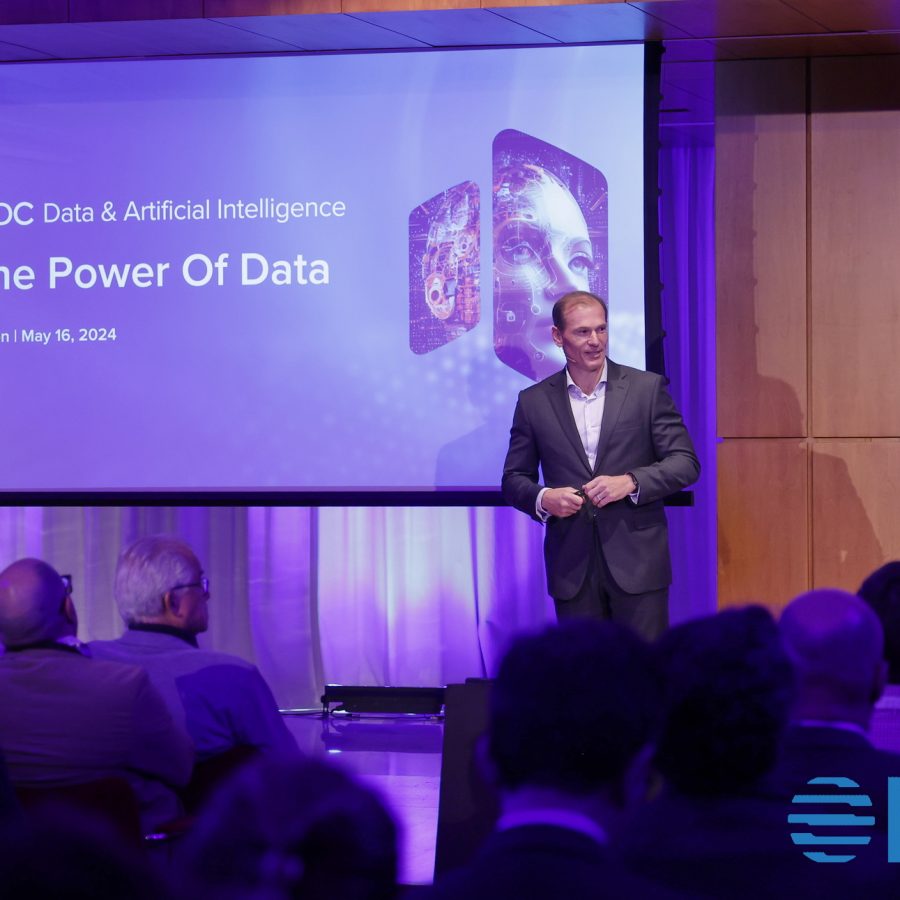By Elisabeth Fernandes
Head of Analytics & Audience Insights at PÚBLICO
Nowadays, the hospitality industry faces the challenges of the digital era! Decision makers try to understand and predict costumer's whims, try to build profitable pricing strategies and face the business complexity that increased with hyperconnected consumers.
Social networks and hospitality websites provide valuable information, consumer-generated content (CGC) is growing faster and have become a source of information that can be combined with internal information and external information in order to define better revenue management strategies. Furthermore, price transparency has brought about what is probably the largest and most widely discussed change to revenue management analytics (in Hotel Pricing in a Social World).
Traditional hotel Revenue Management (RM) is in transition from being chiefly a stand-alone, tactical technique for managing room’s inventory to adopting a strategic, customer-centric approach to demand creation and profit maximization. Social media information is used to influence hotel room prices, conceiving more relevant and dynamic management strategies.
A study conducted by Breffni Noore, in 2017, where were made telephone interviews to sixteen senior RM leaders of 34% of the global branded hotel’s room supply that cover different company sizes and segments across different geographic areas shown that total hotel revenue management (THRM) considers multiple revenue sources and they suggested four specific areas for action, one of them it was: “Capture more customer level data and make it more accessible” to do better price decisions and improve segment strategies. (in Total Hotel Revenue Management: A Strategic Profit Perspective," Cornell University School of Hotel Administration).
In another recent study where 400 RM professionals took part in a survey, Sheryl Kimes, in 2017, shows that THRM is “the wave of the future”, and the major drives of change in RM are information technology, data analytics followed by mobile technology and economic conditions. Survey participants when asked about which areas will grow in importance and why, they agree that data analytics it’s one of the areas with increased importance to help boost profits. And when asked about how pricing would be addressed in the future, analytical models were the top-rated approach followed by segment-based pricing.
Social networks and word-of-mouth
In the Hospitality and Tourism sector the digital era and technological development changed the business forever. Actually, the information is one of the most important assets in the business. The interest about online reviews publications has been increasing in the last ten years decision makers recognize the high value of this information to drive their business.
Online retailers such as Expedia (founded in 1996), Trivago (founded in 2005), and Booking.com (founded in 1996) have progressively added features typical of social media and online communities to their intermediation platforms, where travellers can compare prices and customer reviews for hotels and destinations.
In 2008, Gretzel and Yoo defended that three-quarters of travellers have considered online consumer reviews as an information source when planning their trips. Recent studies shown that in 2016, over half of all reservations in the hospitality industry were made online and in 2017 it was expected an increase over 6% (in Hotel Marketing & Technology Trends 2017).
Social influence had a strong effect on both resort evaluations and post decision dissonance. Despite the fact that price influence purchases, traveller’s reviews have also become a prevalent source of influence in the online sales of the hospitality and tourism industry.
In the hotel choice the review as the dominant choice driver, consumers integrate price with non-price information to evaluate the value of the product, if the non-price data suggests a better experience for an higher price they spend more money.
Overall rating, attribute ratings of purchase value, location and cleanliness, variation and volume of consumer reviews, and the number or management responses are significantly associated with hotel performance.
According to W. Kim et al (2015) a predictor for hotel performance is the overall rating followed by the response to negative comments that means managers should be focused in the overall rating and response to negative comments. There seemed to be a relationship such that hotels that responded to negative reviews had better performance (in the effectiveness of managing social media on hotel performance).
Nowadays RM is customer-centric oriented, customer data is an important asset to yield insights in terms of profitability and lifetime value that coupled with buying behaviour data can be leveraged to develop strategies.
The focus in price optimization requires an understand of consumers’ willingness to pay, the value expected at a given price point and the right product position taking account the competition.
In chapter 4 of the book “Hotel Pricing in a Social World”, Kelly McGuire (2016) discusses new areas of opportunity for RM to improve like the calculation of optimal pricing recommendations and also the process of building an integrated pricing strategy.
According to Kelly McGuire study consumers are firstly highly influenced by the 10 reviews presented for the hotel (no matter the hotel prices and the review score), then the review score is the second factor that influence more the consumers and finally the price. Another interesting conclusion of this study is that travellers will not choose a hotel that has negative reviews no matter the price or ratings. And when hotels are setting price they need to pay attention to how their reviews compare to their competitors.
Customer behaviour and Marketing
A market research presented by BrightLocal in 2016, explored how consumers read and use online reviews and shows the strong importance that online reviews has in the hospitality and tourism industry. All the evidence points to consumers becoming increasingly savvy whilst consuming CGC. They concluded that more people are reading reviews on a regular basis.
The Hospitality industry thrives on two basic factors: Segmentation & Uniqueness.
The access to the customer information gives the opportunity to understand their feelings, understand how the customer felt with the experience lived and what sentiments were lived by the customer. One of the major sources of success for hotel organizations it is to understand consumer’s needs and wants.














